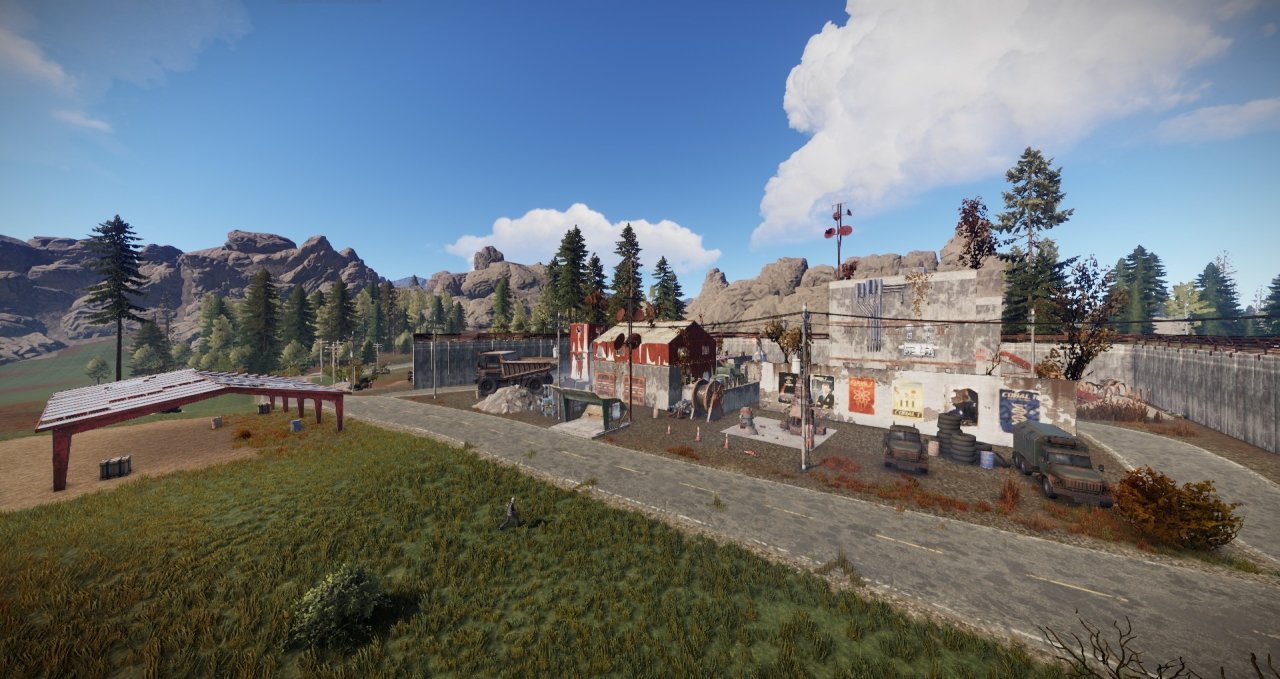

Be cautious: Some products can do more harm than good in hot weather. Always make sure whatever you use is safe for edibles, if that’s what you are treating. If these good gardening practices aren’t enough to control the rust in your garden, try a product that contains a sulfur or copper fungicide, or use sulfur dust or Neem oil.Sewage and effluent from meat works and pulp and paper plants discharged into rivers can remove large quantities of. To be on the safe side, burn the infected plant parts, if burning is allowed in your area, or bag them up and put them in the trash. Eel habitat is also impacted by pollution. Some gardeners compost vegetation that show signs of rust, expecting the compost pile to heat up enough to kill the spores. The data table below contains an updated list of all RUST admin and server commands. Third-party RCON platforms like rcon.io or battlemetrics. Third-party applications like RUST Admin or RUST Server Manager. Rake up and remove fallen or dead leaves and other plant debris. RUST’s in-game console (Press F1 to access when logged into the game) The command-line console running the server.

Use a mild bleach solution, and rinse and dry them thoroughly before putting them away.
When you’re through pruning, disinfect your tools. You don’t want to remove too much foliage or you could harm the plant. Of course, do this only if there are a small number of sickly leaves. Pick or prune away any affected leaves as soon as you see them. Try these steps to discourage it from taking hold in your garden: Hot, humid weather is prime time for rust to attack, and it can be tough to eliminate.īut as always, it’s easier to prevent a problem than fix one. Lawns take on a reddish tinge, and you may stir up orange dust when you mow or walk around. You may see stunted growth, dead branches and yellowing leaves that drop prematurely. Rust isn’t usually fatal, but it can cause your plants to decline. As they land on other plants, the spores infect them, too. Eventually, the pustules break open and release spores that are spread by wind or splashing water. Left untreated, the spots get bigger and turn into bumpy-looking pustules. The first signs of rust are tiny specks or spots on leaves that range in color from orange to rusty-brown, brownish-yellow, purple and red. But it isn’t just one disease it’s actually a group of fungal diseases that attack many different kinds of plants, including-but not limited to-roses, daylilies, carnations, snapdragons, mums, tomatoes, beans, pines, spruce trees and cypress. Rust is also a disease that can harm your plants. It’s that reddish-orange, flaky stuff that forms on iron and steel when they react with oxygen and moisture. It’s easy to spot rust on a trowel or garden hoe.






 0 kommentar(er)
0 kommentar(er)
